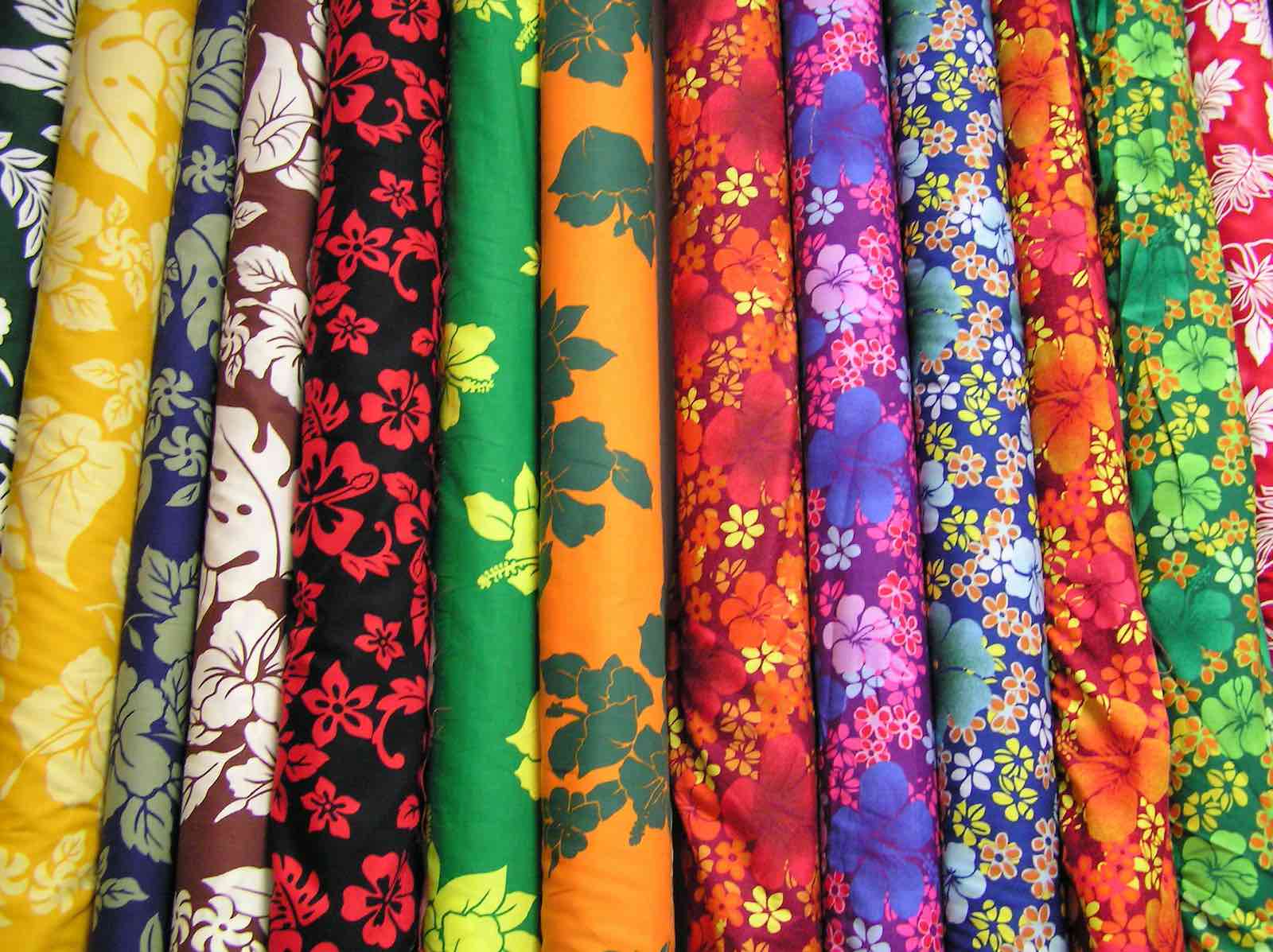The Covid-19 crisis has made the importance of data sharing more urgent than ever. For the island nations of the Pacific, ensuring a ready flow of information to support decision-making is critical. Robust data-sharing systems will be instrumental in helping countries collaborate with one another, regional organisations reshape and adapt the support they provide to their member states, and global organisations “hit the target” more precisely with funding development programs in the region. As commentators have previously observed, while the individual nations of the Pacific have collected a lot of data, the sharing of it is still a regional challenge. Until now.
Among the vast portfolio of exciting projects that I discovered upon joining the Pacific Community (SPC), one of them struck me as particularly important: the Pacific Data Hub, a digital gateway which offers a unique point of entry to all Pacific data.
What I saw in that project was the logical continuation of the Pacific’s information sharing tradition. In fact, Pacific people have been sharing some sorts of data for centuries. They have been sharing maps for navigation, describing how to find each other’s islands. And they have been sharing that openly, so that trade and commerce could occur.
When I look at traditional Micronesian navigational stick charts, I can't help but mentally replace the sticks that connect the islands to each other with data streams. Yesterday it was the traditional shipping routes that connected the countries of the Pacific to each other. Today, data exchange is building new bridges between the islands of our region.

The Pacific Data Hub builds upon this Pacific tradition of sharing “public goods” to foster the concept of open data in the region. It does not generate data; instead, it serves the region as an open platform, on which any government, donor, academic or member of the community can both store and access good quality and reliable data.
The Hub has five components: the data catalogue, which has the largest central data and publications catalogue for the region; the SDG Dashboard, holding country-specific data on the 132 Pacific Sustainable Development Indicators selected by the region; and PDH.stat, a statistical databse platform which provides country-specific development indicators and access to official statistics. The Microdata Library is a gateway to the Pacific region’s survey, census and administrative-based microdata and documentation. And finally the PacificMap spatial data explorer allows for visualisation of geographic data from 22 Pacific Island countries and territories.
This gateway alone will not be enough to unlock the value of Pacific data. It is the use people make of the data enabled by this tool that will determine whether it is successful or not.
This service has already been beneficial during two major recent crises in the Pacific – Tropical Cyclone Harold and Covid-19. The platform also acts as safe and secure storage space for Pacific data. In a region that his highly vulnerable to natural hazards, this is key. If the data that has been accumulated by the region, sometimes for decades, is lost, it will never be able to be replaced.
At SPC, we put a lot of effort into generating and conserving scientific data and knowledge of the region. In our Centre for Pacific Crops and Trees, we manage the largest regional collection of taro genetic resources, and of many other plant species, to help address the challenge of food security. SPC has also been conducting tuna-tagging cruises almost every year since the late 1970s, in order to increase the regional knowledge on tuna stocks, which are vital to Pacific economies. In these and many other examples, data generated by SPC enables countries, donors and development partners to make informed and evidence-based decisions. This valuable data is currently available on the Pacific Data Hub, which hosts more than 5000 datasets and almost 12,000 publications (and counting).
Three key challenges for the Pacific Data Hub come to mind: first of all, we must make sure that the PDH supports the sustainability of the data ecosystem in which it operates. The PDH programme builds on and strengthens SPC’s role as custodian and steward of the region’s most diverse data collection of technical and scientific data on behalf of our members. It provides a vehicle for long-term sustainable investment in data platforms, tools and services to ensure ongoing availability and access to the data resources from our members and development partners.
The second challenge is to make sure that the PDH provides access to comprehensive, timely and reliable data. To do that, we are sourcing data and information from SPC’s programme divisions, our development partners and research institutes ensuring that data is reliable and relevant to the needs of our members. The programme works with data custodians to strengthen data management practices and provides support for our members in building capacity in data governance and data management.
Last, this gateway alone will not be enough to unlock the value of Pacific data. It is the use people make of the data enabled by this tool that will determine whether it is successful or not. We are asking countries and international and regional institutions to open up their data, and to lead the way by sharing this data on the Pacific Data Hub. Doing that will allow countries, donors and development partners to liberate the value that this data contains, for the benefit of the Pacific peoples.


